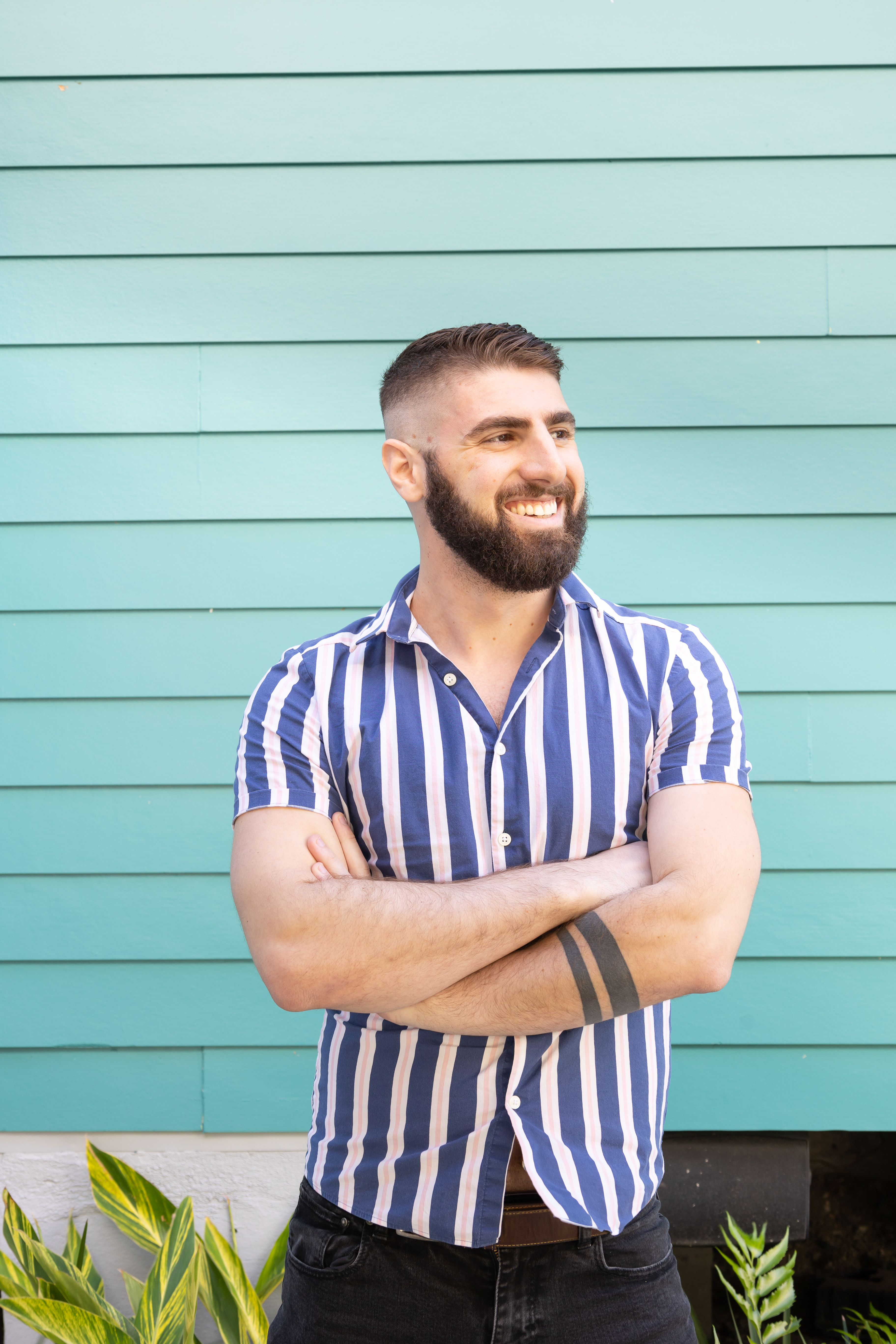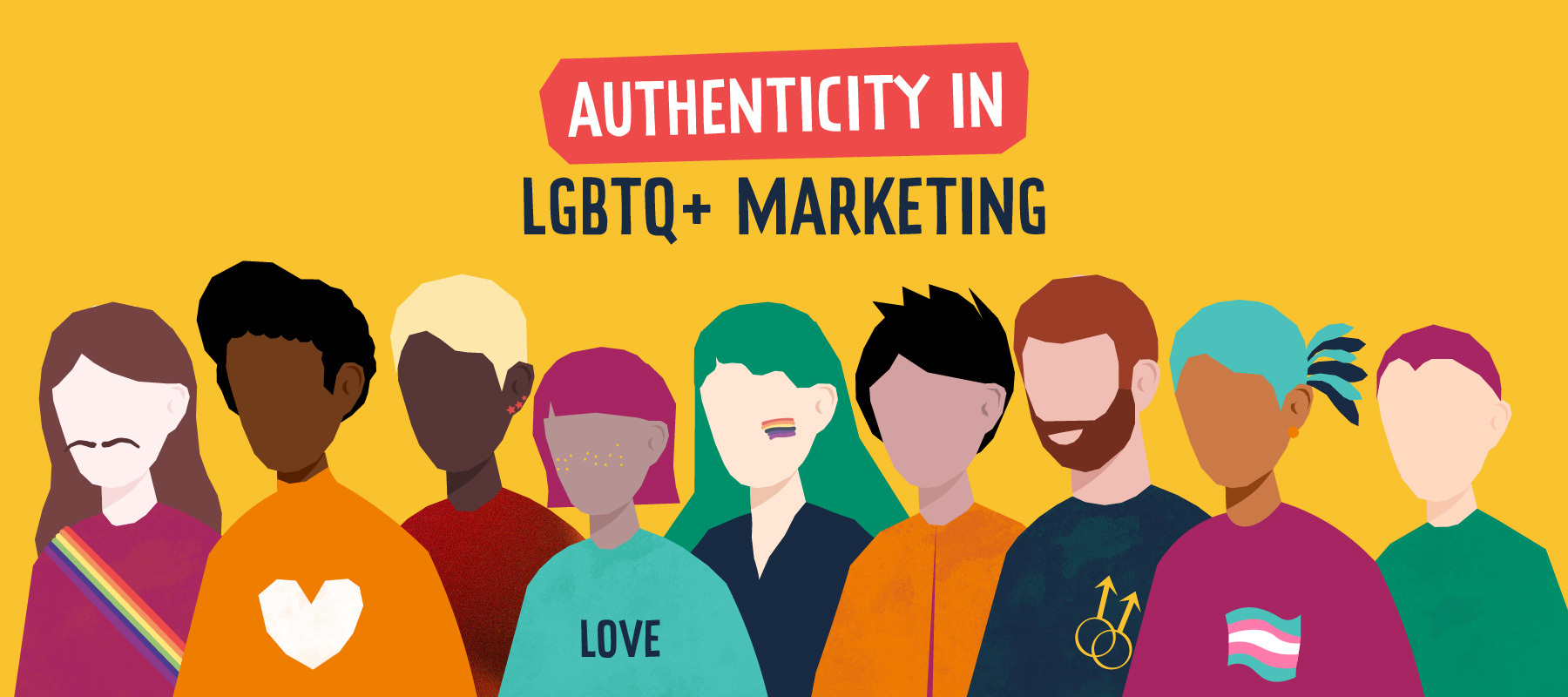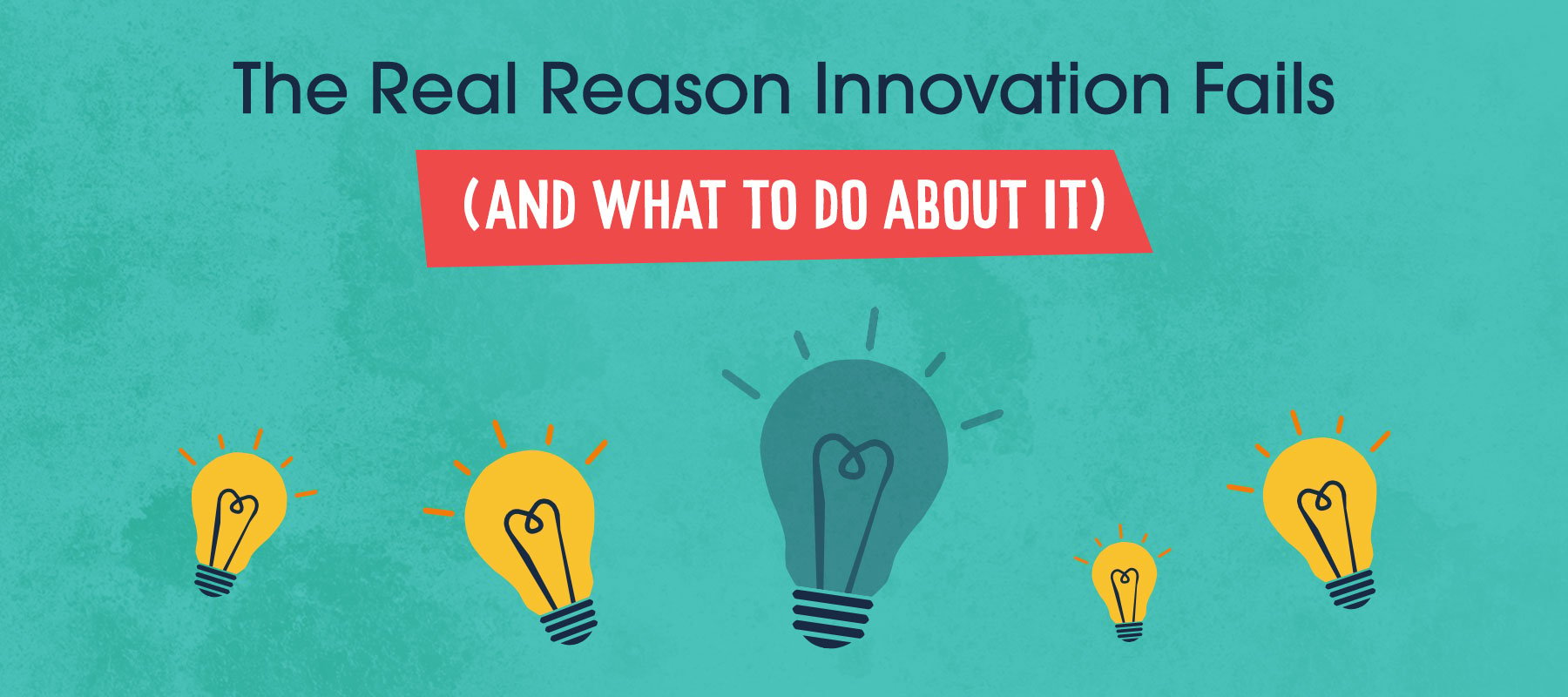2 min read
Do You Want Your Diverse Messages to Resonate? Don’t Cast a Wide Net.
 Steven Cortese
:
Dec 11, 2023 11:24:29 AM
Steven Cortese
:
Dec 11, 2023 11:24:29 AM

Authenticity and diversity are both important, but as marketers, we need to recognize that specific stories and messages are not going to resonate with everyone. And that’s ok.
Diversity doesn’t mean creating stories and campaigns so generic that they quite literally speak to everyone. Your campaign doesn’t need to feature people of every race, gender, ethnicity, ability status, age, or other traits to be impactful. In fact, shoehorning every identity into one campaign can make your message feel less authentic— and in effect, can make the message less relatable for your target audience. What’s most important is making sure you consciously tell stories that most prominently feature the people in your focus audience, then finding ways to incorporate diversity within and around those stories.
As calls for diversity have gained steam over the past decades, and even more so since 2020, companies have noticed the public demand for better representation and have made changes in their advertising practices. Sometimes, these campaigns have been great, but others have been not so good. I think one of the reasons these campaigns have largely fallen flat is that the LGBTQ+ community finds them generic sounding, often questioning if any queer person at all helped craft the messaging.
To make messages genuine and relevant to your target audience, try going deeper with your messaging and talking to subsets of the LGBTQ+ community. This isn’t to say that more catch-all messaging about Pride and LGBTQ+ acceptance is inherently wrong, but more specific messaging can go a long way.
1. Get creative and specific.
Try speaking to specific audiences who aren’t used to being directly spoken to by brands. Once you choose that audience, craft a message that shows you understand them and are focusing on their specific needs. Niche audiences should make sense for your brand, and ideally, brands should have something to offer that community. There is no empirically right or wrong way to select a group, so here are some ideas to get you thinking:

2. Make sure multiple members of the community you are trying to speak to are in the room.
Engaging actual members of your target audience is non-negotiable when trying to reach new and diverse communities. Luckily, there are a lot of ways brands can do this:
- Have members of your priority population on your creative and strategic team. This can mean building a more diverse internal team or working with an agency that has employees who represent your target demographic.
- Build an advisory group. Advisory groups outfitted with members of a priority population can meet regularly to help ideate, authenticate messages, and brainstorm objectives for a priority population. These groups work particularly well for destinations, where folks all live in the same place and might already be familiar with one another.
- Conduct focus groups and surveys. This is a great technique for getting feedback on existing concepts or ideas which have been previously developed by your team and other members of your target demographic. While focus groups can help with concepts for the ideation phase, brands might find themselves overwhelmed with feedback if their questions aren’t focused using some preexisting concepts.
3. Meet your audience where they are.
In-person events and activations are some of the best places to interact with members of specific communities. Not only does it show that brands are in tune with the intricacies of these subgroups, but it shows support (financial or otherwise) for them as well. Activations allow brands to build out booths or interactive spaces where brand ambassadors can engage with focus communities. These events can be good opportunities for brand education, product launching or testing, and social media content creation.
Don’t forget diversity is always important!
But rather than casting a wide net, start by authentically representing the community you want to reach as specifically as you can. Then, explore diversity by weaving in intersectional perspectives that use your main audience as a central anchor.
Need more help? Download our guide below.
Pro tip: The techniques in this blog and in our guides can be applied to other audiences as well!

The Real Reason Innovation Fails (And What to Do About It)
Innovation is essential for long-term growth. Yet despite big investments and bold ambitions, many companies continue to fall short. Why? Because...
.jpg)
The Behavioral Science Secret to Marketing That Actually Changes Minds
More marketers today talk about behavioral science (BeSci) than ever before, but many are missing the real opportunity. Most use BeSci to improve...

